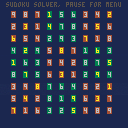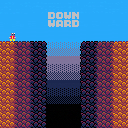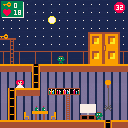Turn on your subwoofer!
This is a 512 byte intro I made for inercia 2022, a demoparty that took place in Lisbon over the weekend. It's the first time that I put the no longer secret 0x808 audio channel to use, with around 200 bytes of the (compressed) code spent on generating the music.
I was pleased to find that techniques used for golfing down visual effects' code size transfer quite well to audio. There are a lot of expressions in there that change meaning over time in a way that produces some kind of structured progression -- some planned, some not so planned. The whole thing is really a single effect, with a lot of janky math to roll out different audio and gfx layers at different times. I can't completely explain how it works in places, but feel free to ask about anything if you like!


Hello everyone. Is there a way to write and read values to specific bits in a byte?
For example:
I have a variable 0x0000 .
I want to write a 1 to the 3rd bit so it'll be
0x0100 . How can i do that?
I want to later read that variable. How do I
check the value of the 3st bit? I haven't operated
with bits & bytes before.




The fastest guns in the west have got the shakes!
High Noon (H I G H N O O N) is sort of a mutant of the classic "who can hit a button the fastest" cowboy duel game.
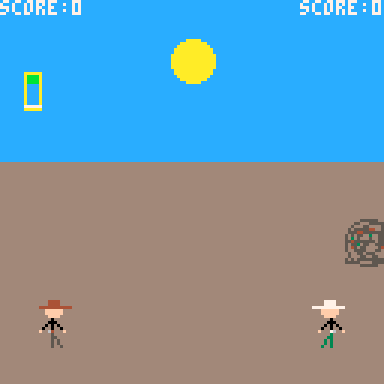
Instead of just pressing the button you must release the button when the white line is in the green line in a powerbar thingy.
- press and hold either X or O,
- release when the white line is in the green bar
- the green bar gets bigger each time you hit the top of the power bar
- games go until someone gets 6 points.
- if you draw before the signal you lose one point
- if you miss the green bar, you miss your shot and you become a sitting duck
- the computer player needs serious work but 2 player should work fine (let me know if it doesnt)
- computer player gets more accurate the higher your score
- cheesy looking tumble weeds included
originally this game was just a basic "who can hit the button fastest" type game but in changing it i have broken that functionality but plan on re-adding it, so the menu will have the option to select "simple mode"~
theres normal hit the button mode again. Some minor improvement to the CPU but this is still mostly designed to be played on a couch with another human while intoxicated
oh and you can customize your cowpokes outfit now and it will be saved to cart data


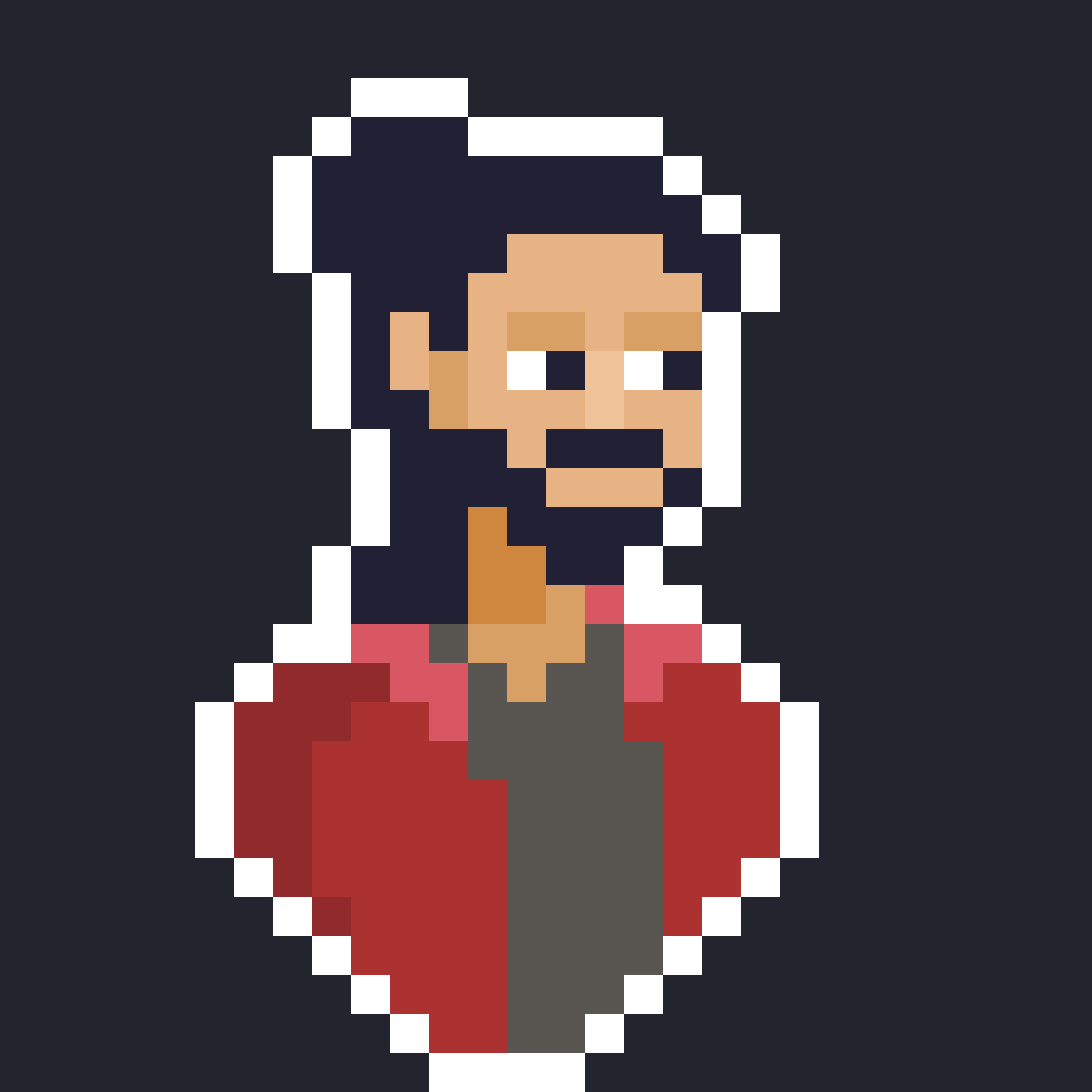
(v01 11-07-22)
TO LOAD THIS PICO-8 CART, in immediate mode, type:
load #mazechallenge
VVhat's new? (11-07-22)
- Fixed blocks so no part of map is missed now. (Please confirm this !)
- Pressing ❎ now has 3-modes. 1, 2, and 3.
- Made maze darker so it is easier to see the player.
- 3rd mode after fill now shows path as darker color of the blocks.
- Greatly sped up fill routine.
- Added notice on end on how to restart.
- Shrank code size slightly.
Hello there.
This is really more of an experiment that I think got way out of hand.
The premise is simple. With all of the tile-generating code out there, I wanted to see if it was possible to make a "maze-like" environment with no 100% straight corridors and using only 4- 8x8 tiles and placed randomly on the board. AND make it so that every point can be reached no matter the arrangement and that it is not a "cake walk" to do so - and there are no hard diagonal lines.


Hey so I was just doing some map work and I was using the cmd+x to move tiles around and I think when I was cutting and pasting somewhere else in the mapview tiles in the shared space it would move the sprites but not the map tiles which was . . . not good and took a while to make sure everything was ok.
It feels like this isn't intentional but I'm not 100%? I'm on 0.2.5c, thanks in advance!
(Like I said maybe this is on purpose since I'm moving the data it's self around in the shared space but in my game I was making I'm using the shared space for sprites and map and it makes it more difficult.)
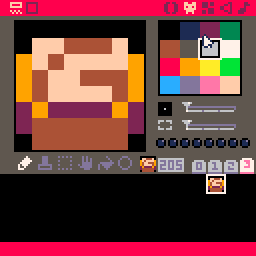

Controls
- ⬆️ Walk
- ⬅️➡️ Turn left/right
- ⬇️ Toggle basic HUD
- ❎ [X] Hold for full HUD and ⬅️⬆️➡️⬇️ to inspect the surroundings
- ⓩ [Z] Open Inventory/Actions menu
How to play
You initially can't do much -except gathering fruits- more items and actions will be unlocked as you progress in the game.
So just explore the islands and:
- talk to the stone statue/head
- walk under palm-trees to gather a couple fruits if any
Here be Dragons
The writing "Here be Dragons" at the edge of the map means you can't walk farther at that moment:
the game map is initially just a small portion of the full map, next areas will be unlocked by defeating the enemy creatures, just report your success to the statue (Kahuna).
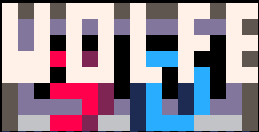




A quick and dirty Sudoku solver, may or may not work.
Not sure if there any use-case for such a tool on PICO-8, but here it is.
⚠️ Looking a the source code may or may not induce permanent blindness ⚠️
Controls :
⬆️⬇️⬅️➡️ : move the cursor.
❎ : select a cell/value.
[1️-9️] : fill cell with the corresponding digit if possible.
Pause : access menu.
changelog
2022-11-06:
- added a solve cell option.

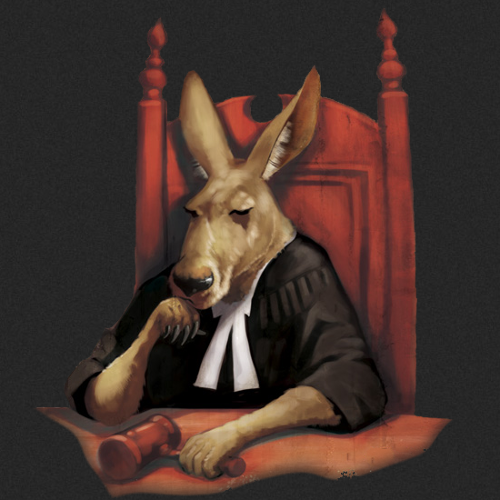
Hello.
I use RND() quite a bit, don't you ?
I have noticed in other game programming languages that you can have a 2nd argument for the rnd() command. Currently Pico-8 does not do this. It's quite useful though. Here's an example:
a=rnd(1,10) |
Will for instance choose an integer random number between and including 1 through 10. This:
a=rnd(10,1) |
Will give the same results. This however:
a=rnd(-4,4) |
Will give you a random integer number between and including -4 to 4.
The function of which:
function rndrange(a,b) if (a>b) a,b=b,a return a+rnd(b-a+1)\1 end |
How about it guys and @zep, do you think this is a good addition for Pico-8, to add a 2nd argument to already existing rnd() function ? Or a new function altogether, rrnd() for Range Random.



A game created during a 6-days sprint by 3 software developers in training !
Check out our feminist and inclusive coding school in Paris : Ada Tech School https://adatechschool.fr/
Your goal : find the key to escape this haunted house.
Beware of the zombies... and hurry : you only have 40 seconds to get out !











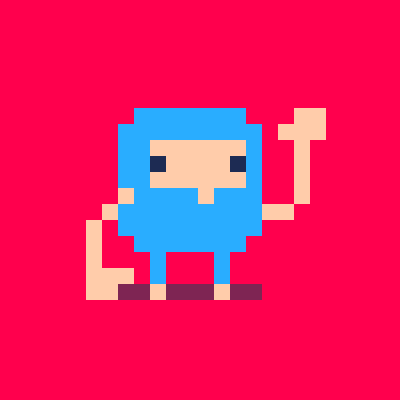


 2 comments
2 comments

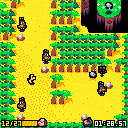

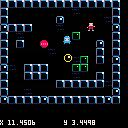
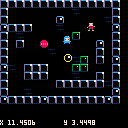
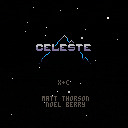
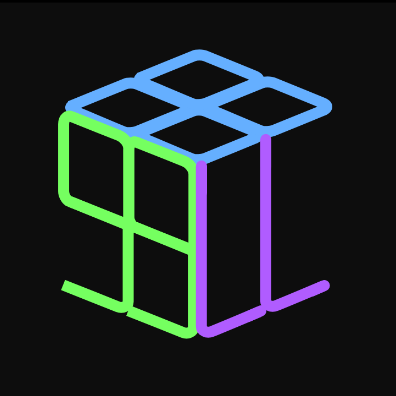
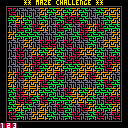
.png)
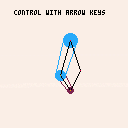

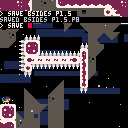
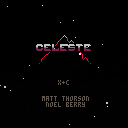

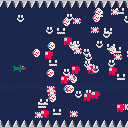
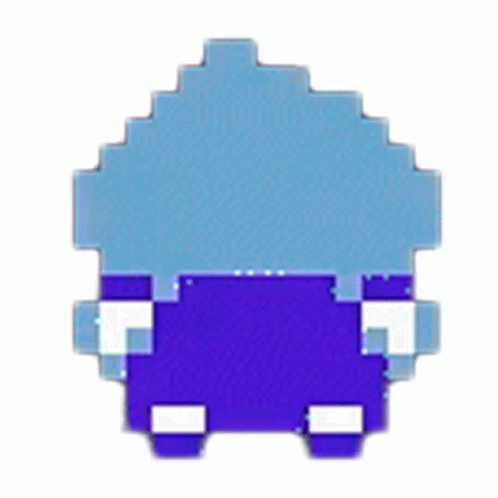

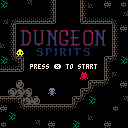
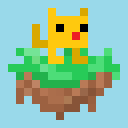

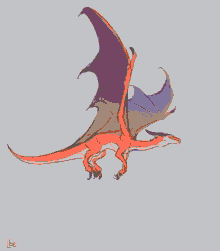
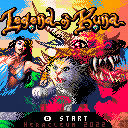

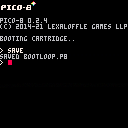


.png)
